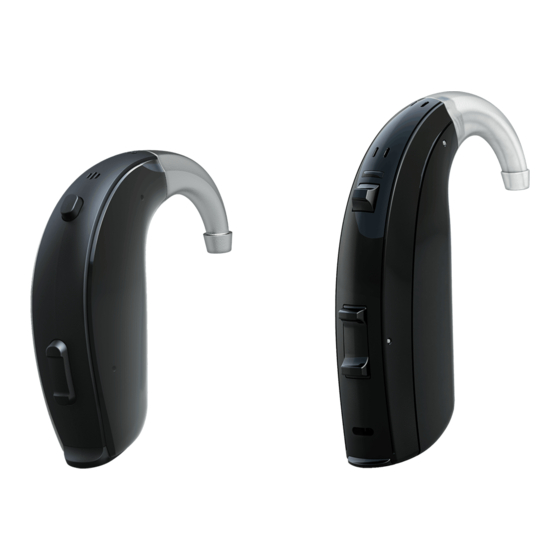
Advertisement
Table of Contents
- 1 Table of Contents
- 2 Introduction
- 3 Your Hearing Aid
- 4 How to Get Your Hearing Aid Ready for Use
- 5 How to Place the Hearing Aids in Your Ears
- 6 How to Remove the Hearing Aids from Your Ears
- 7 How to Use Your Hearing Aids
- 8 Direct Audio Input
- 9 Advanced Options
- 10 How to Clean and Maintain Your Hearing Aids
- 11 Wireless Accessories
- 12 Tinnitus Management
- Download this manual
Advertisement
Table of Contents














Need help?
Do you have a question about the GN ENZO Q 88 and is the answer not in the manual?
Questions and answers